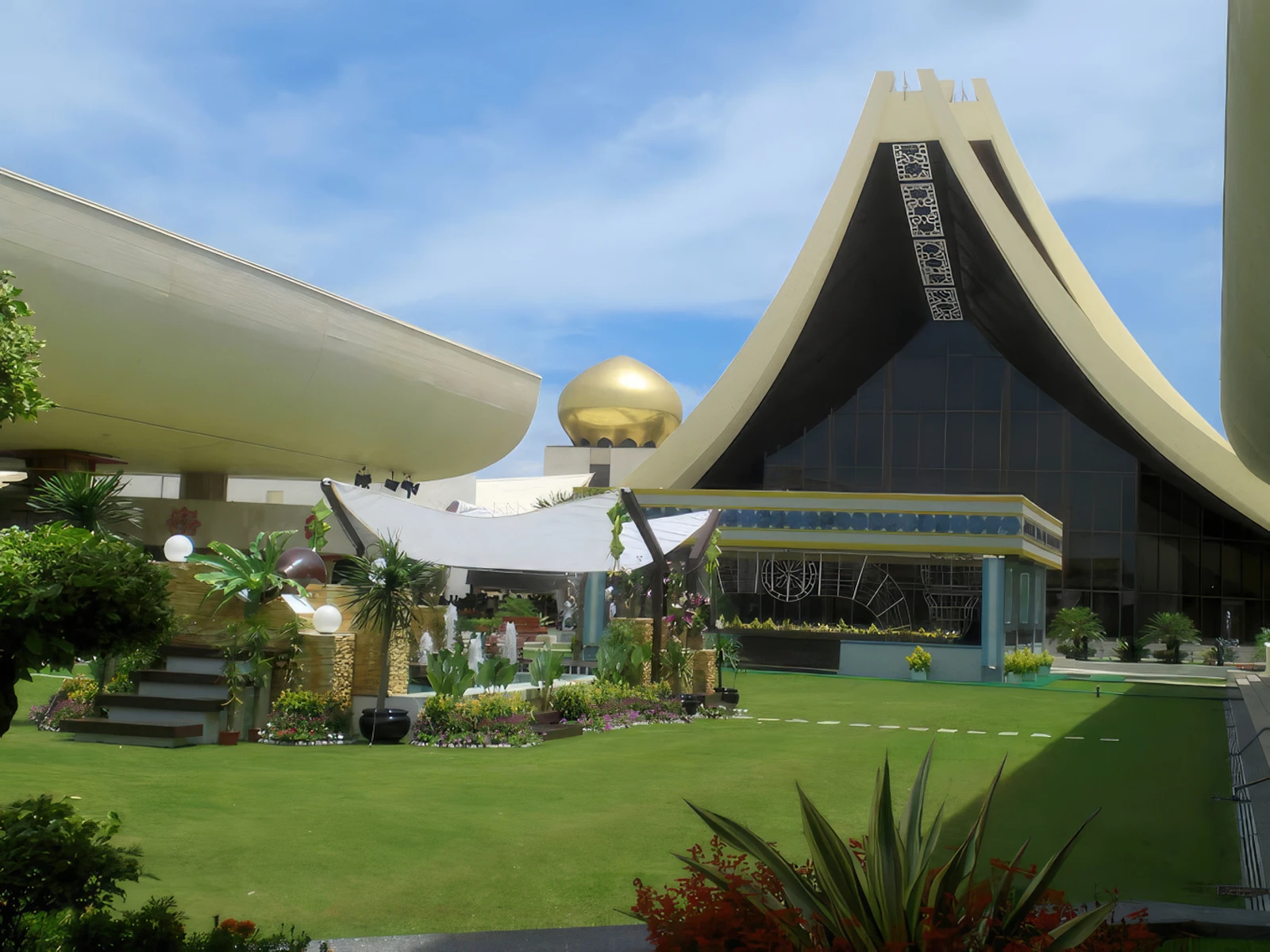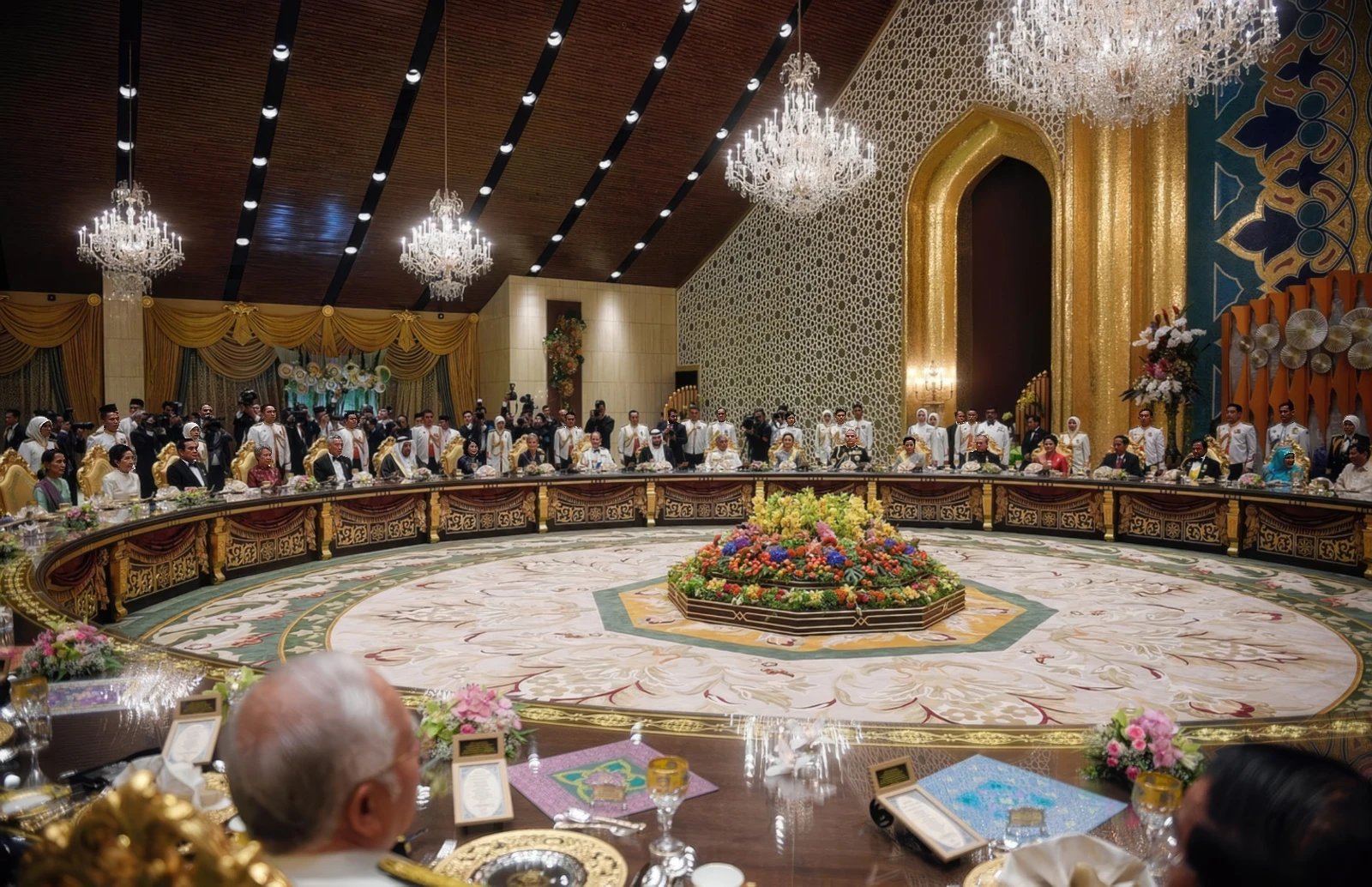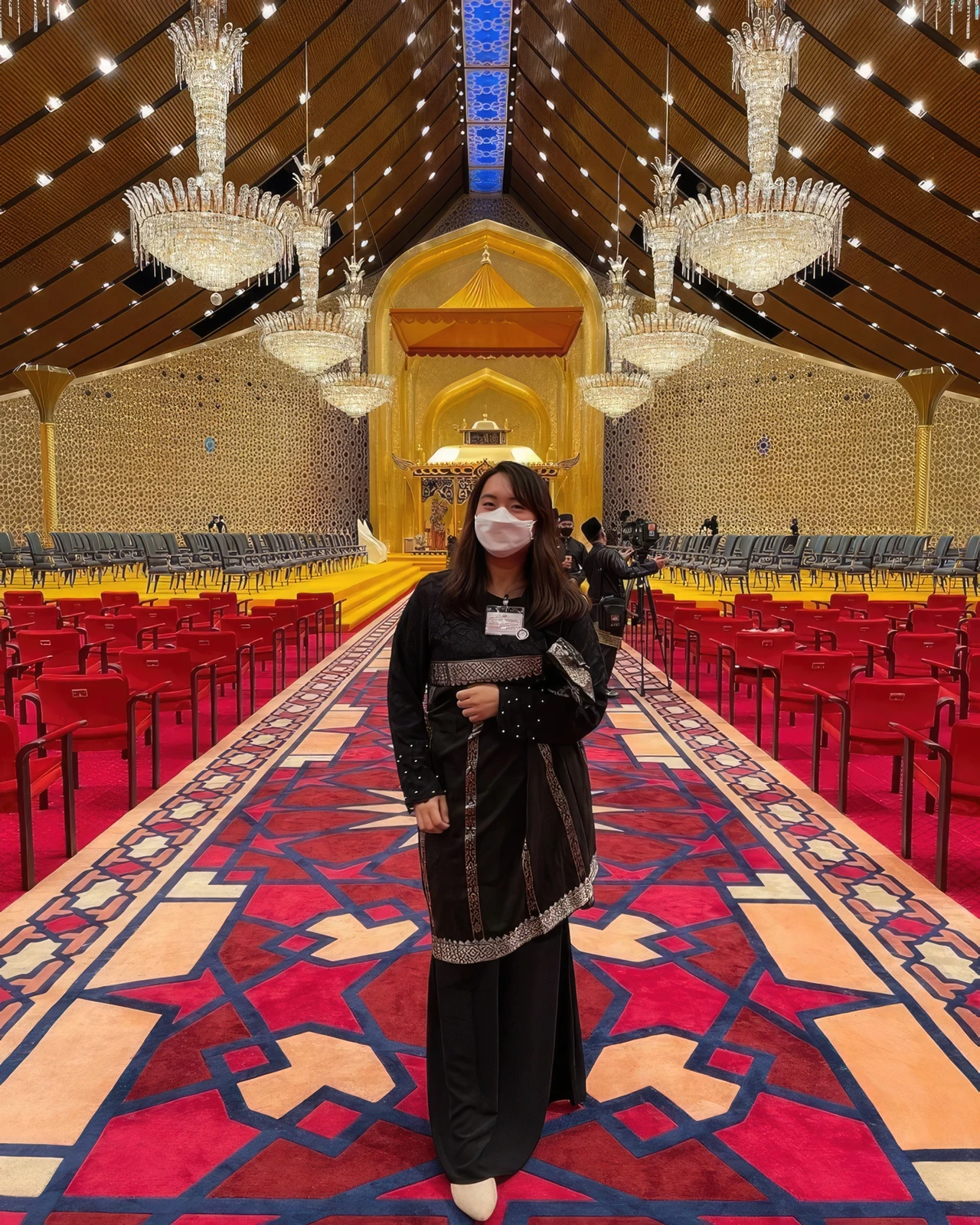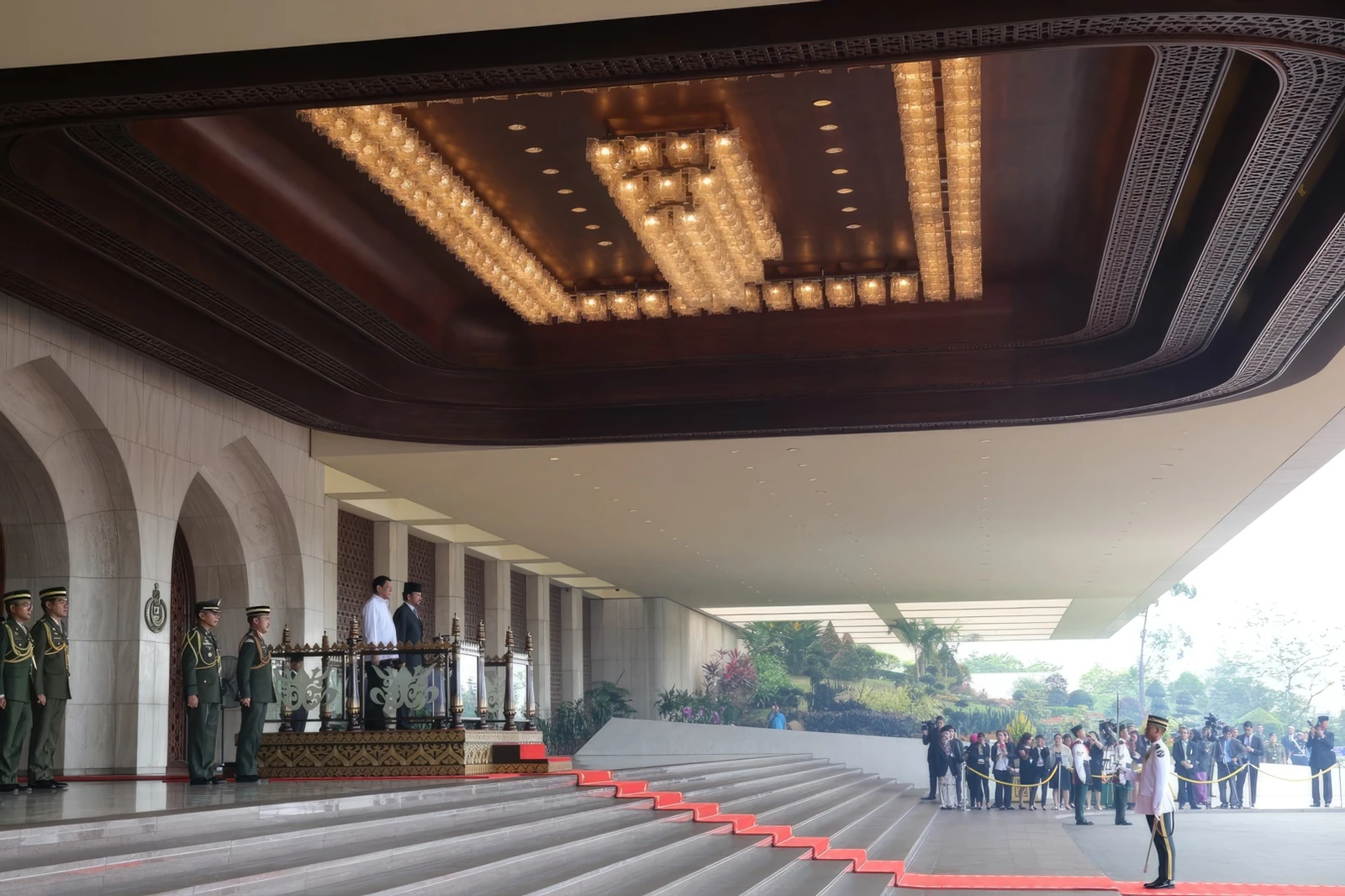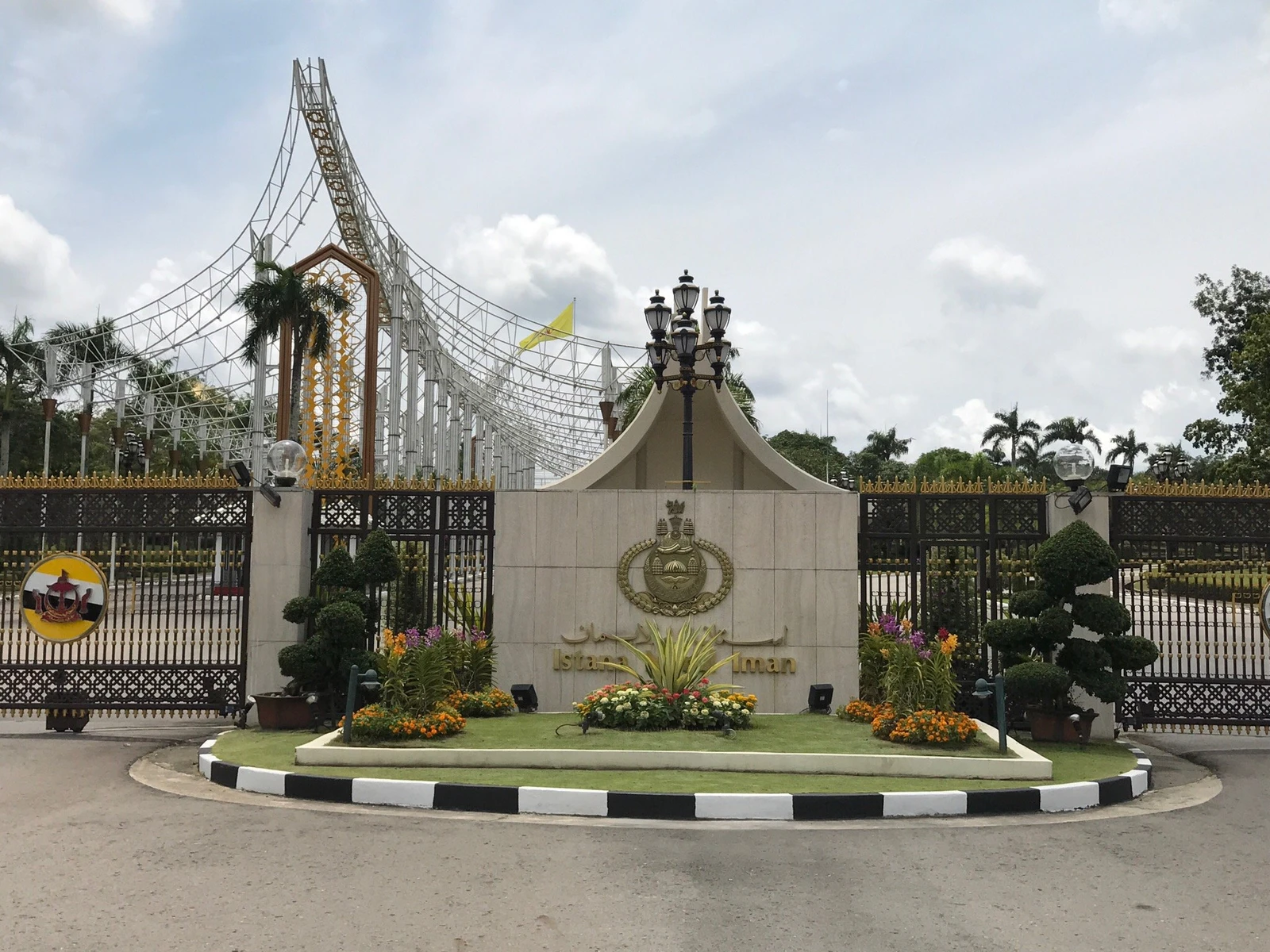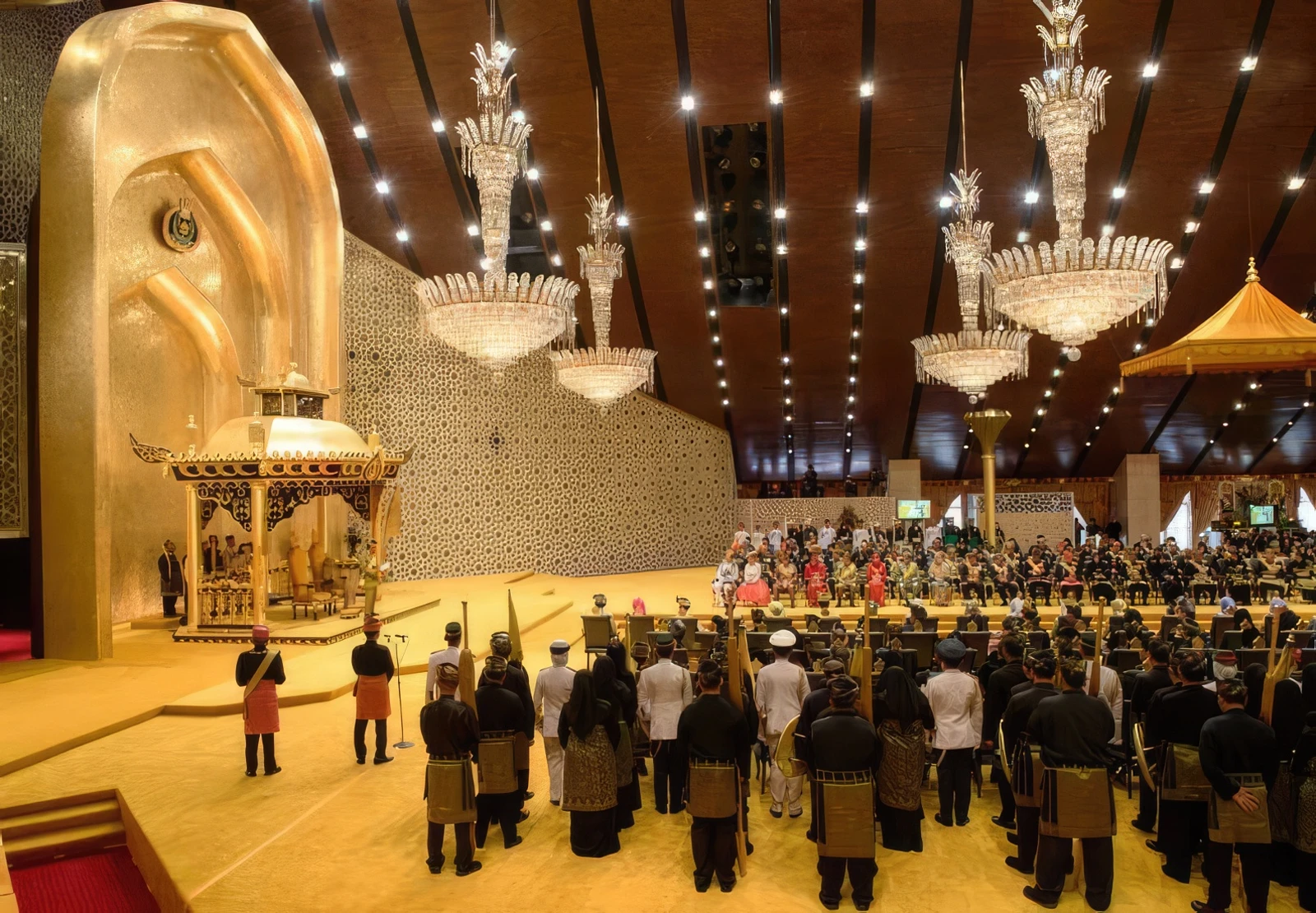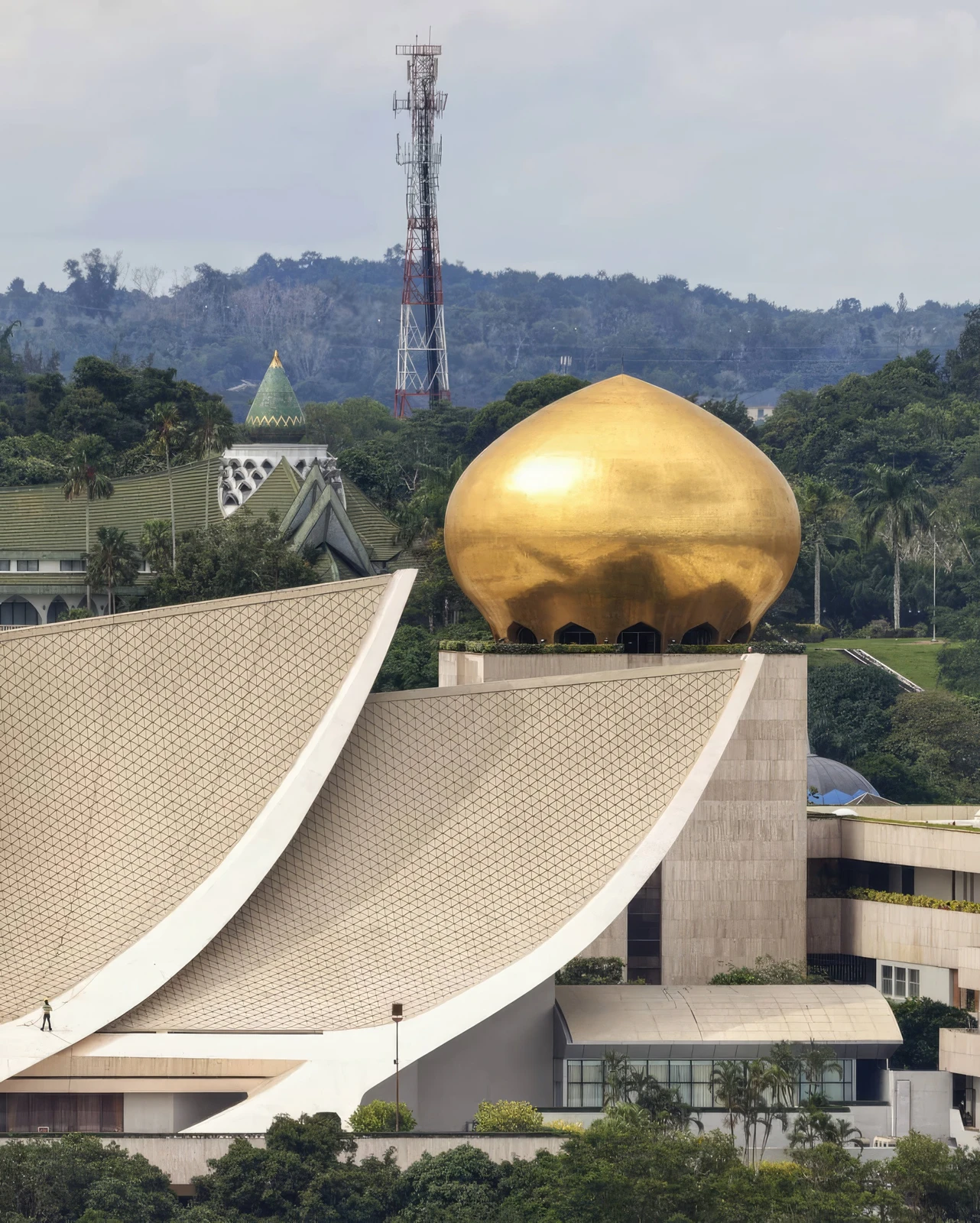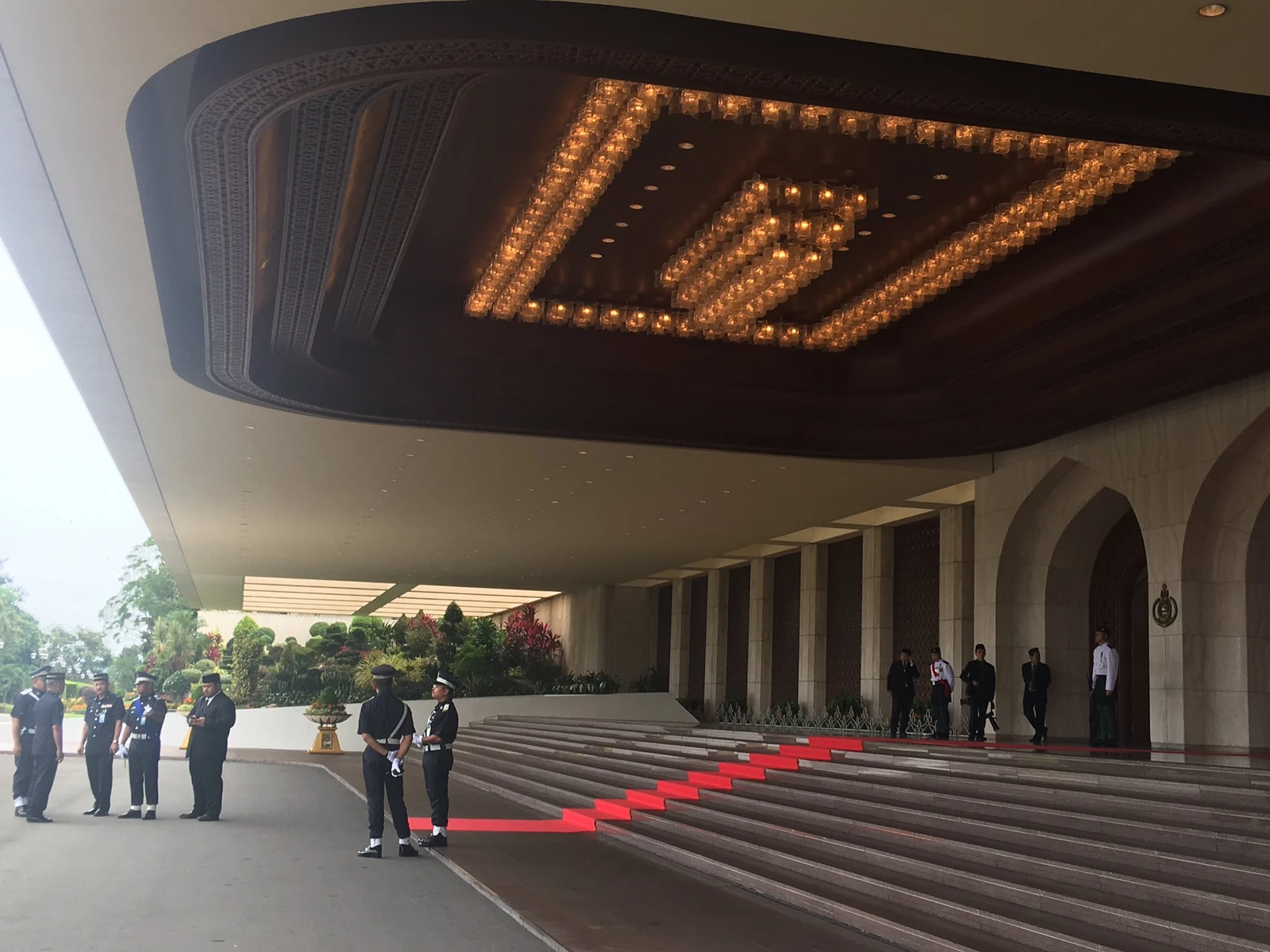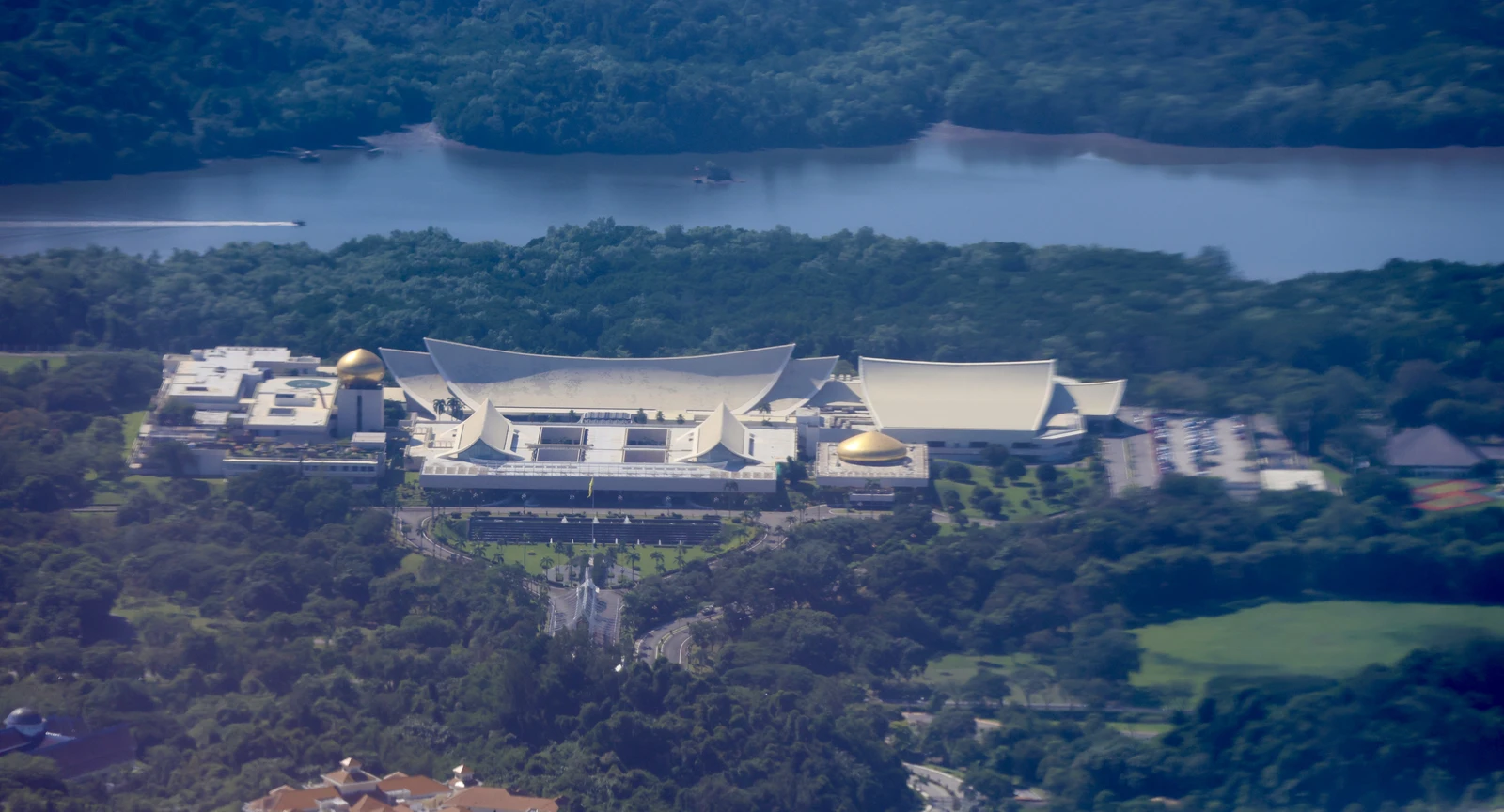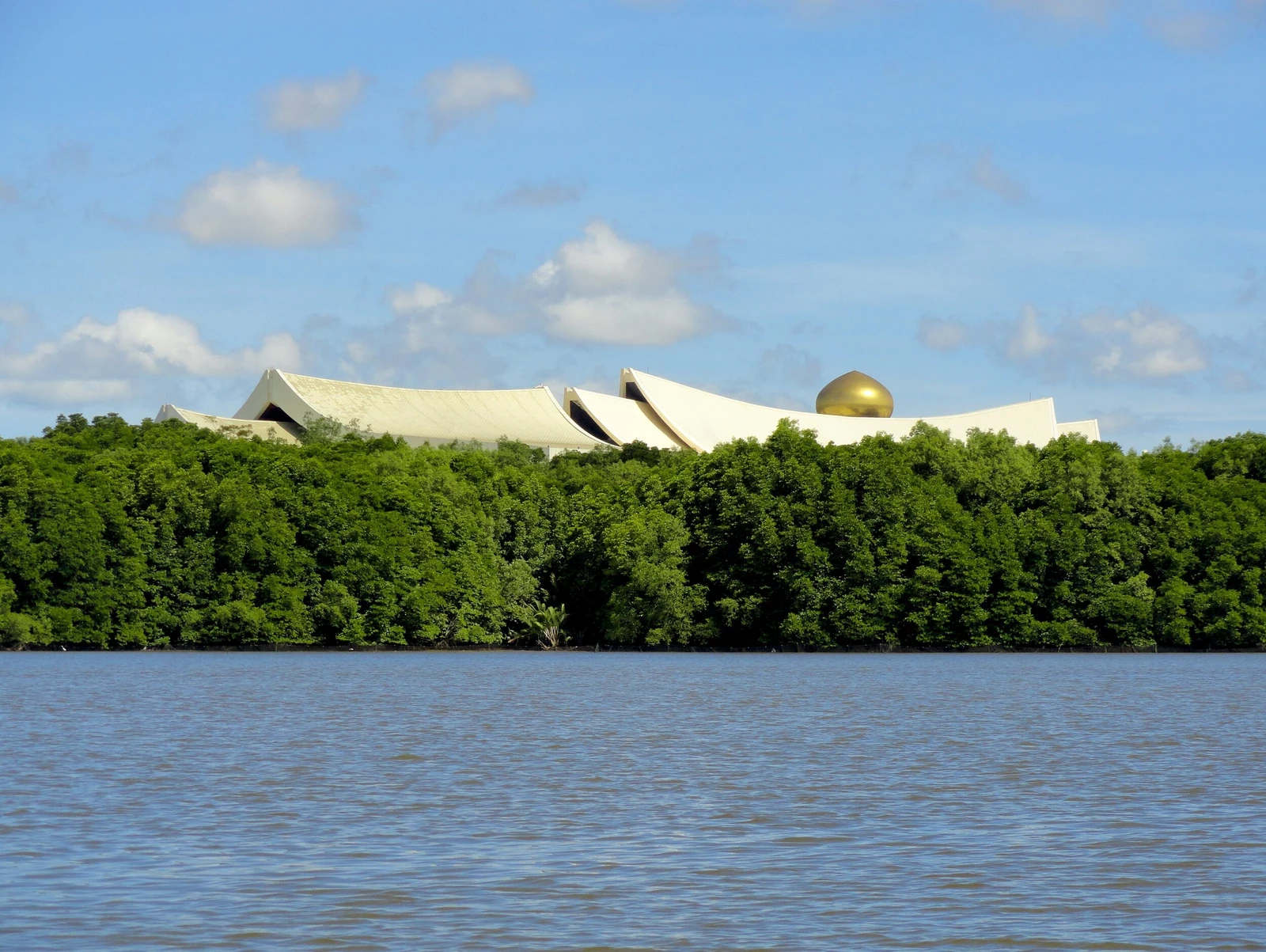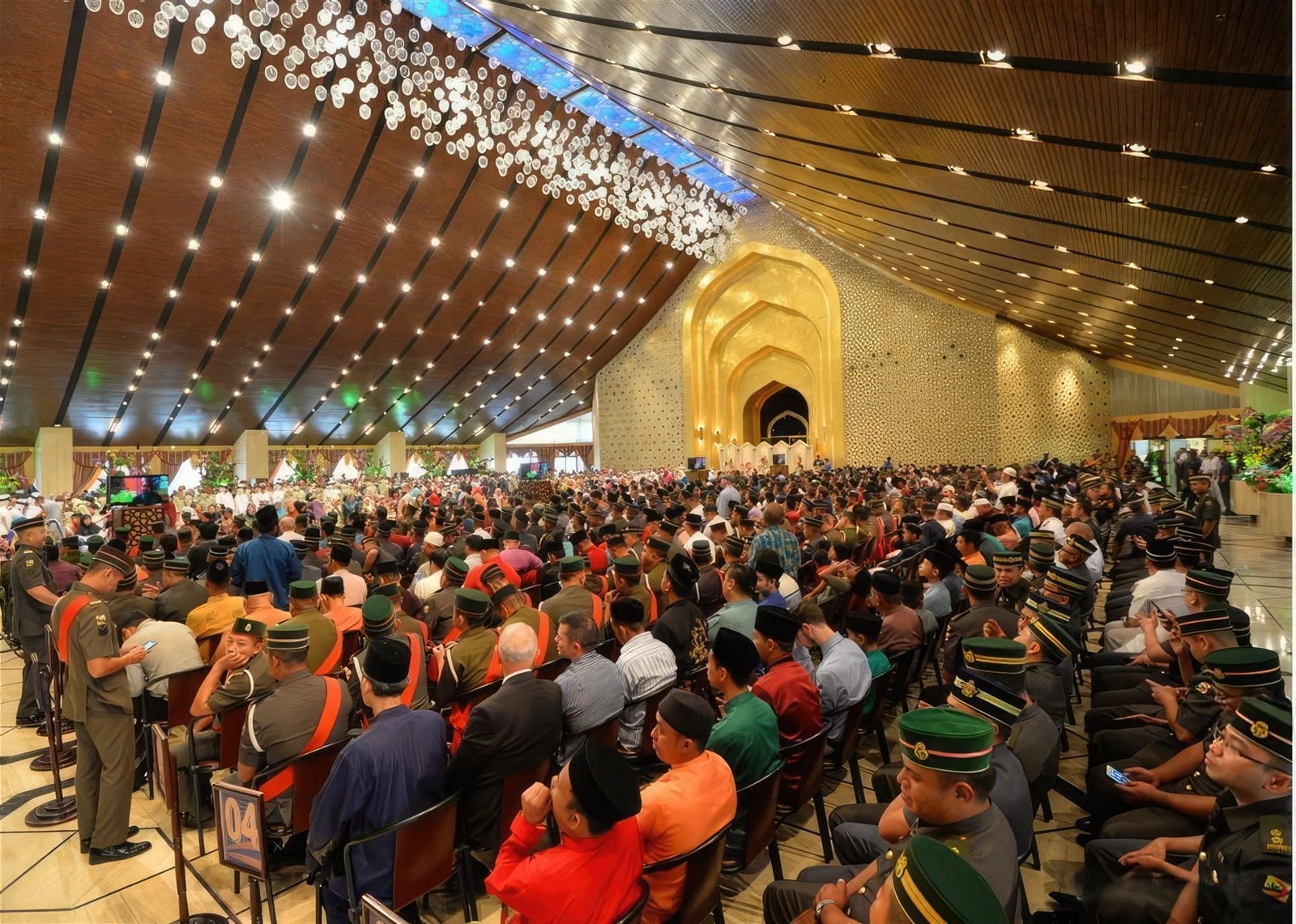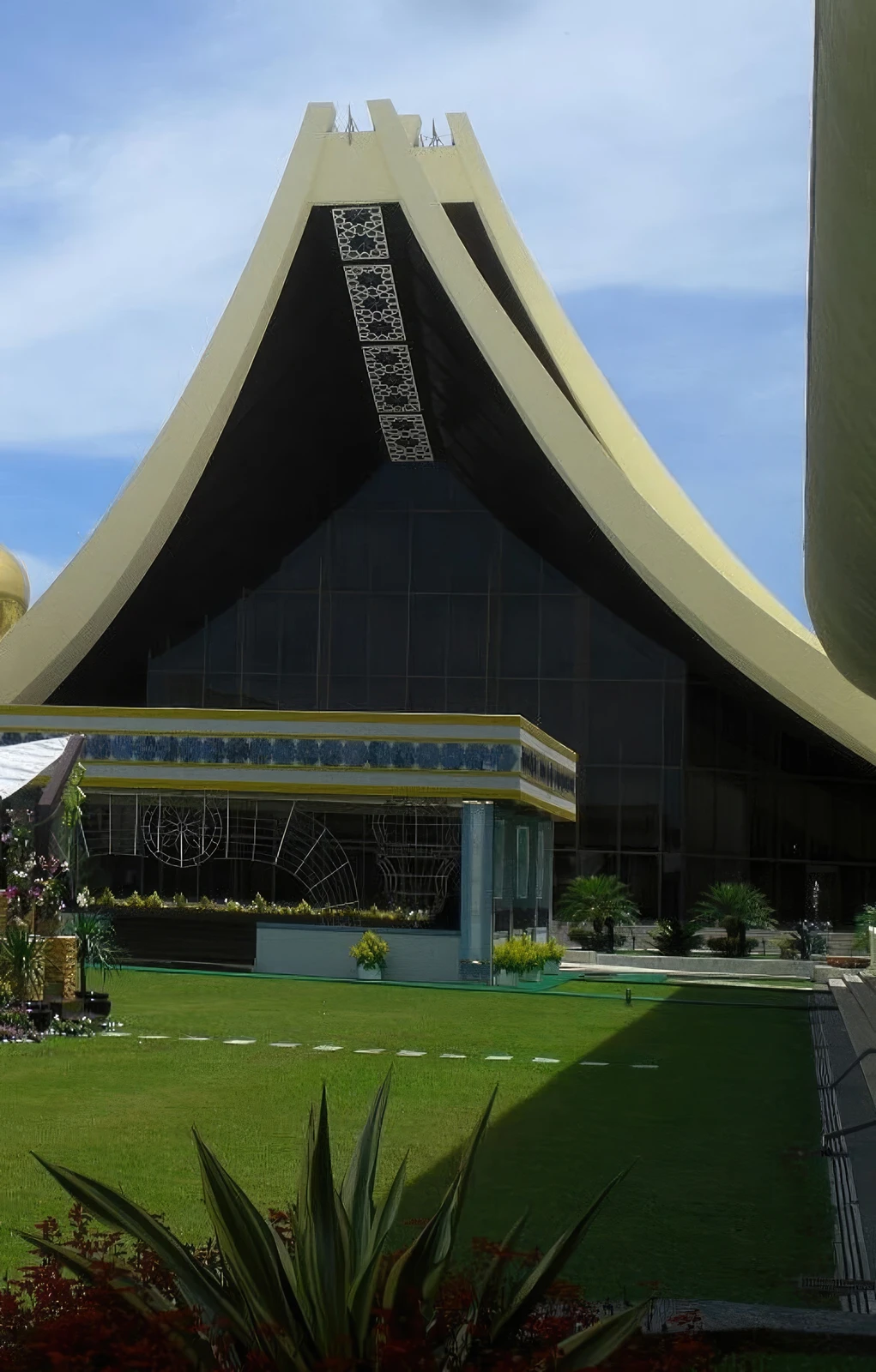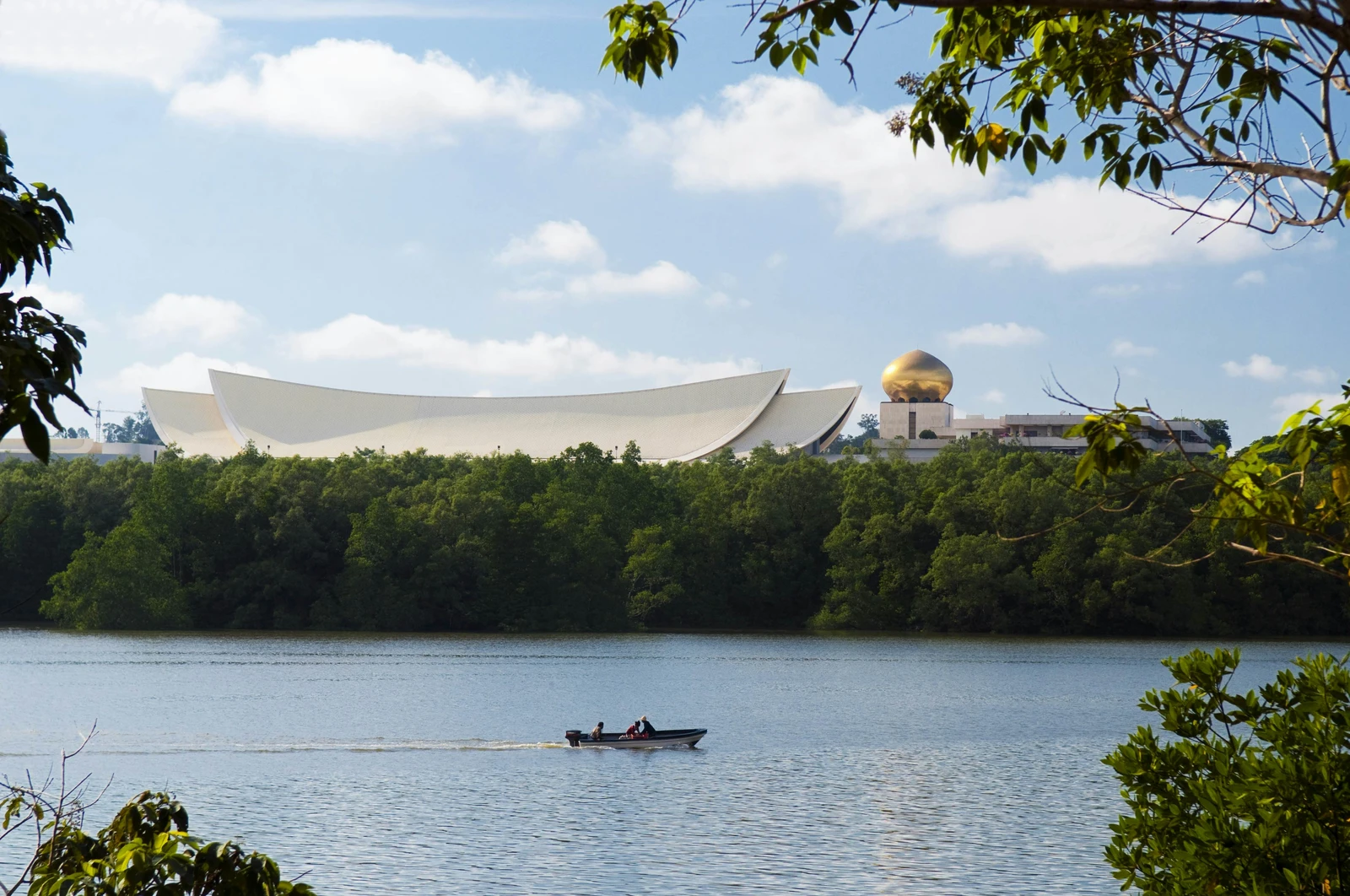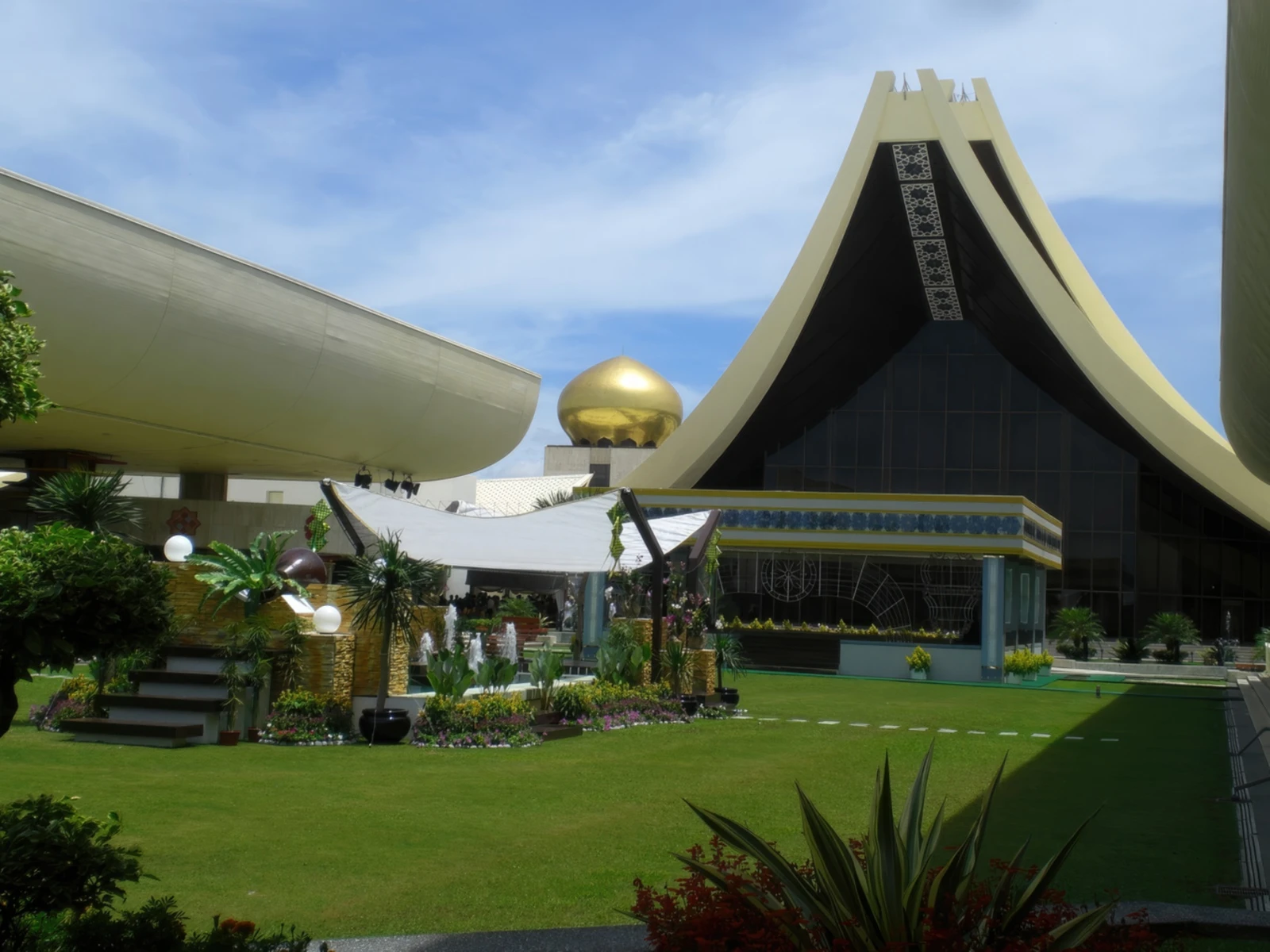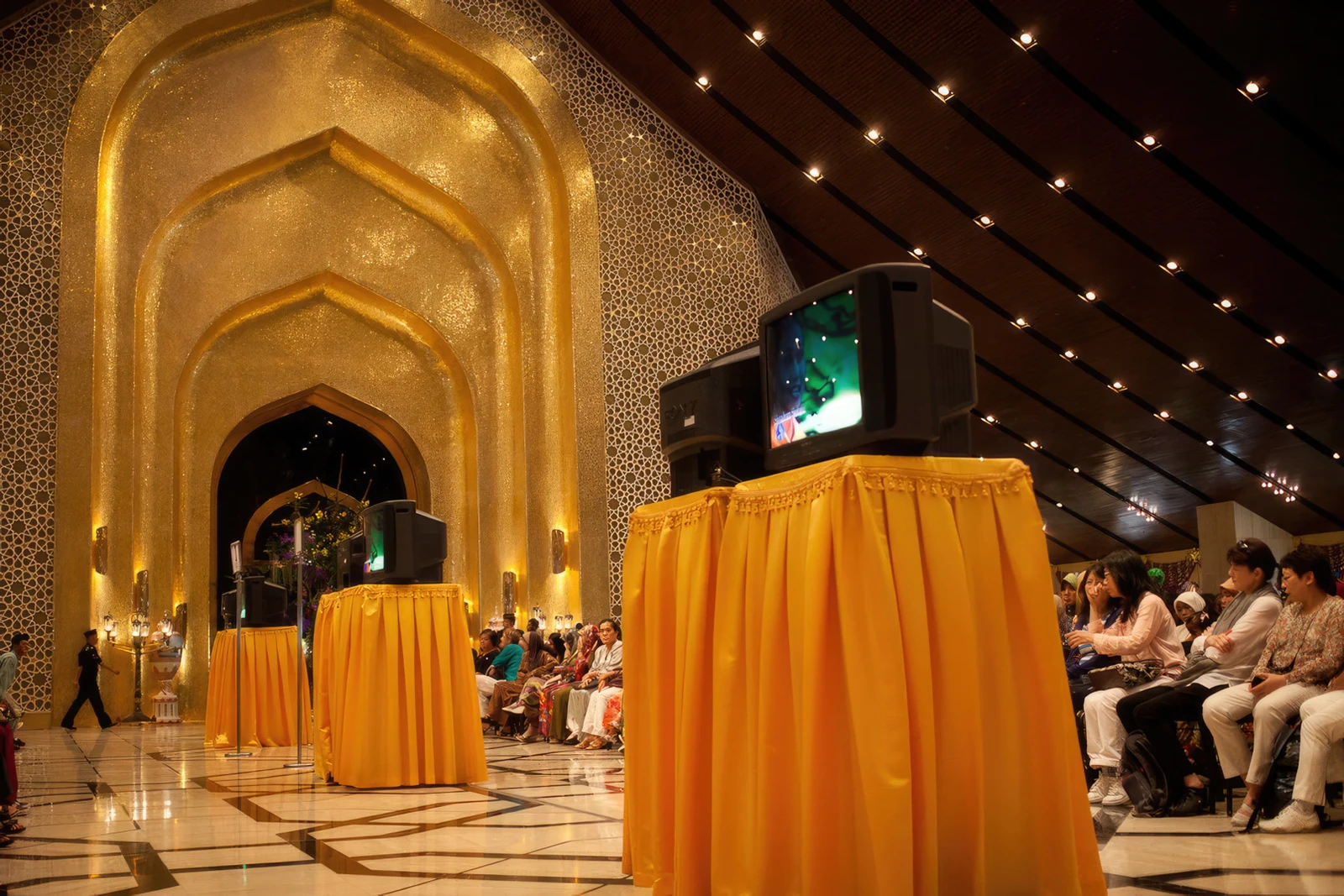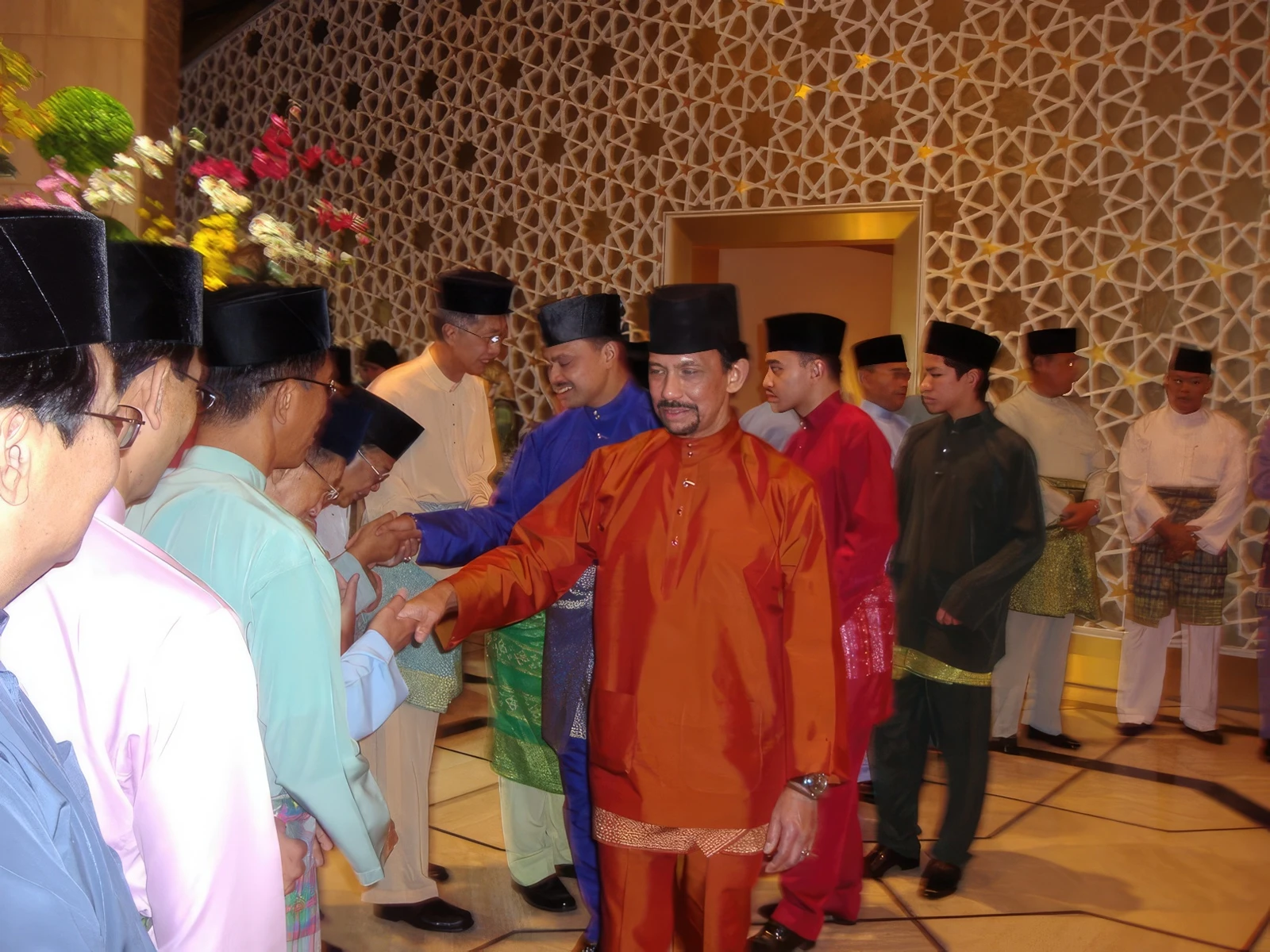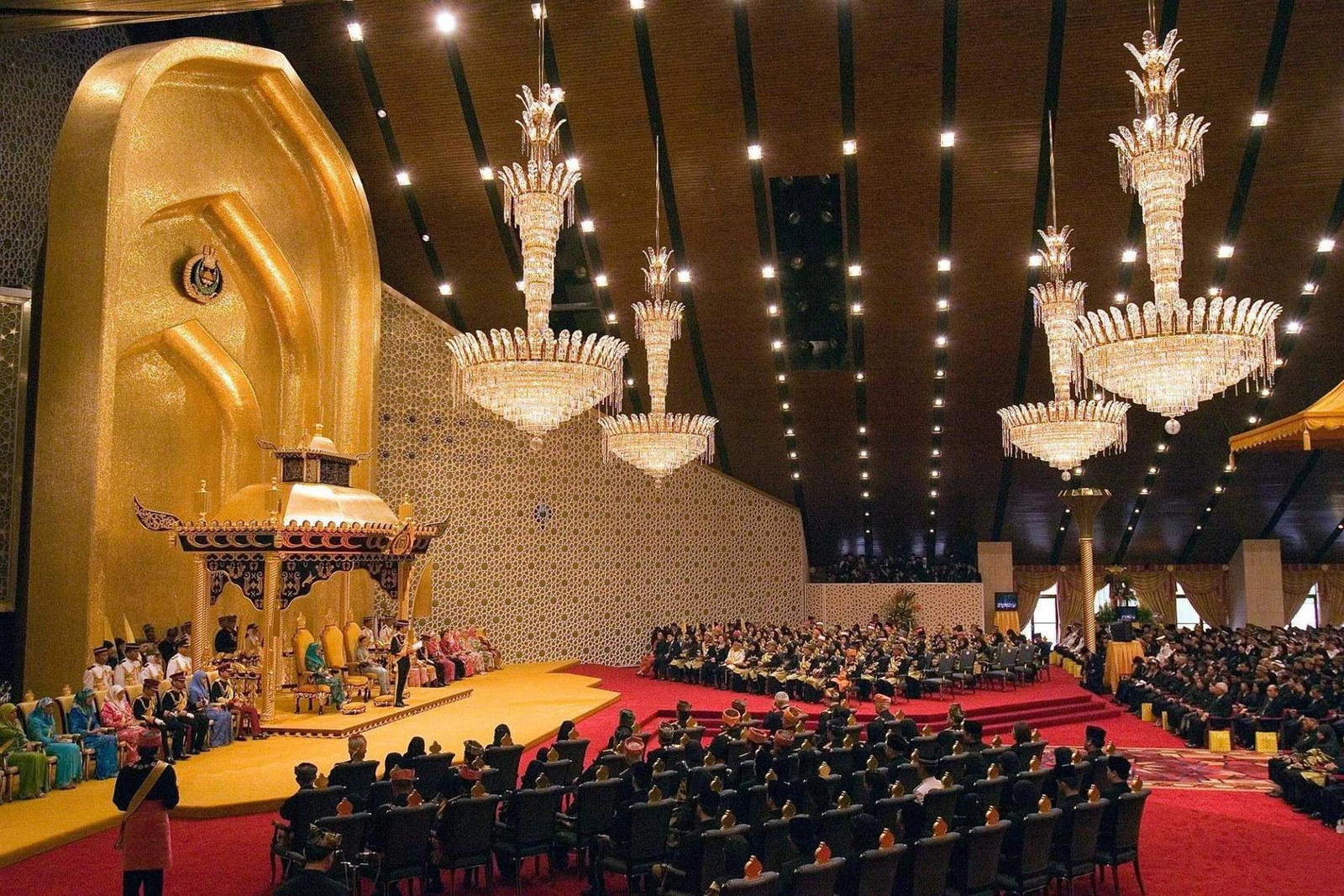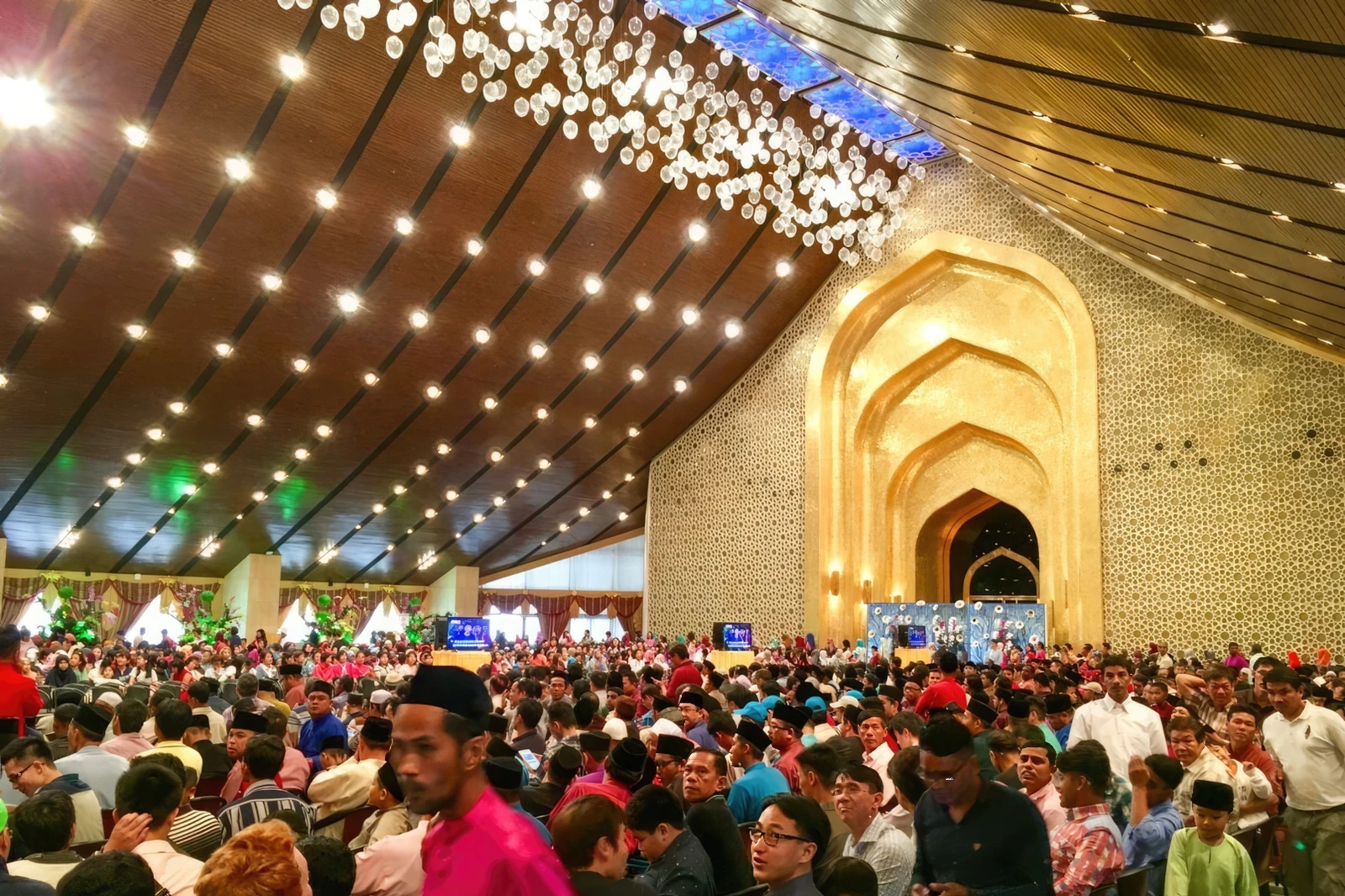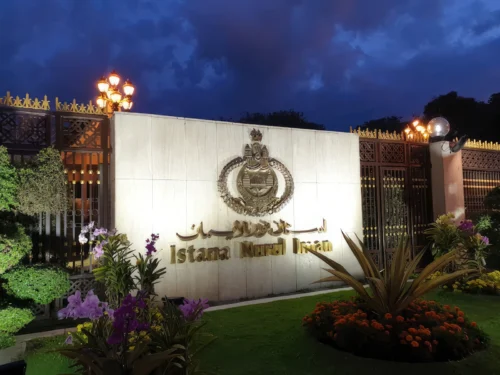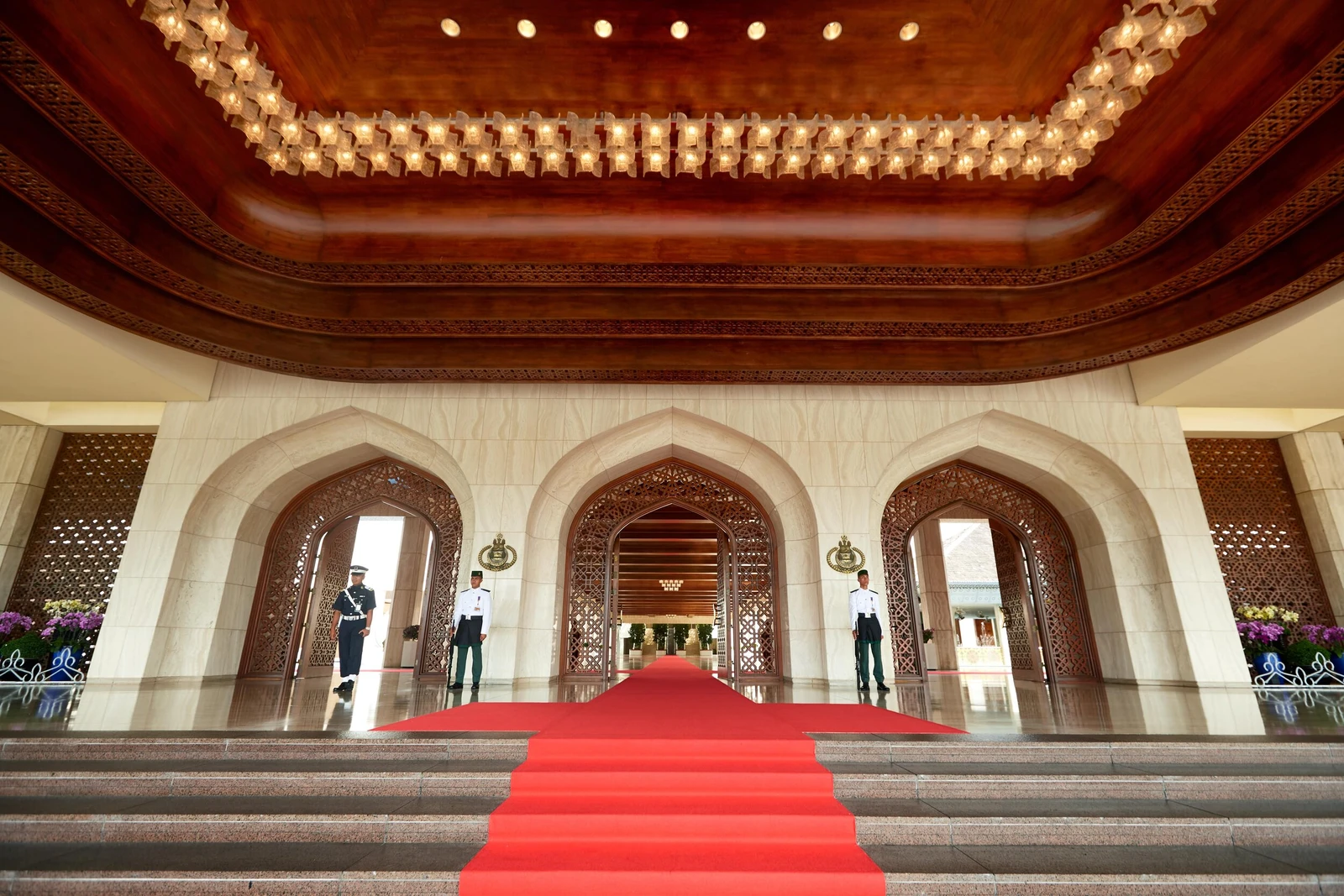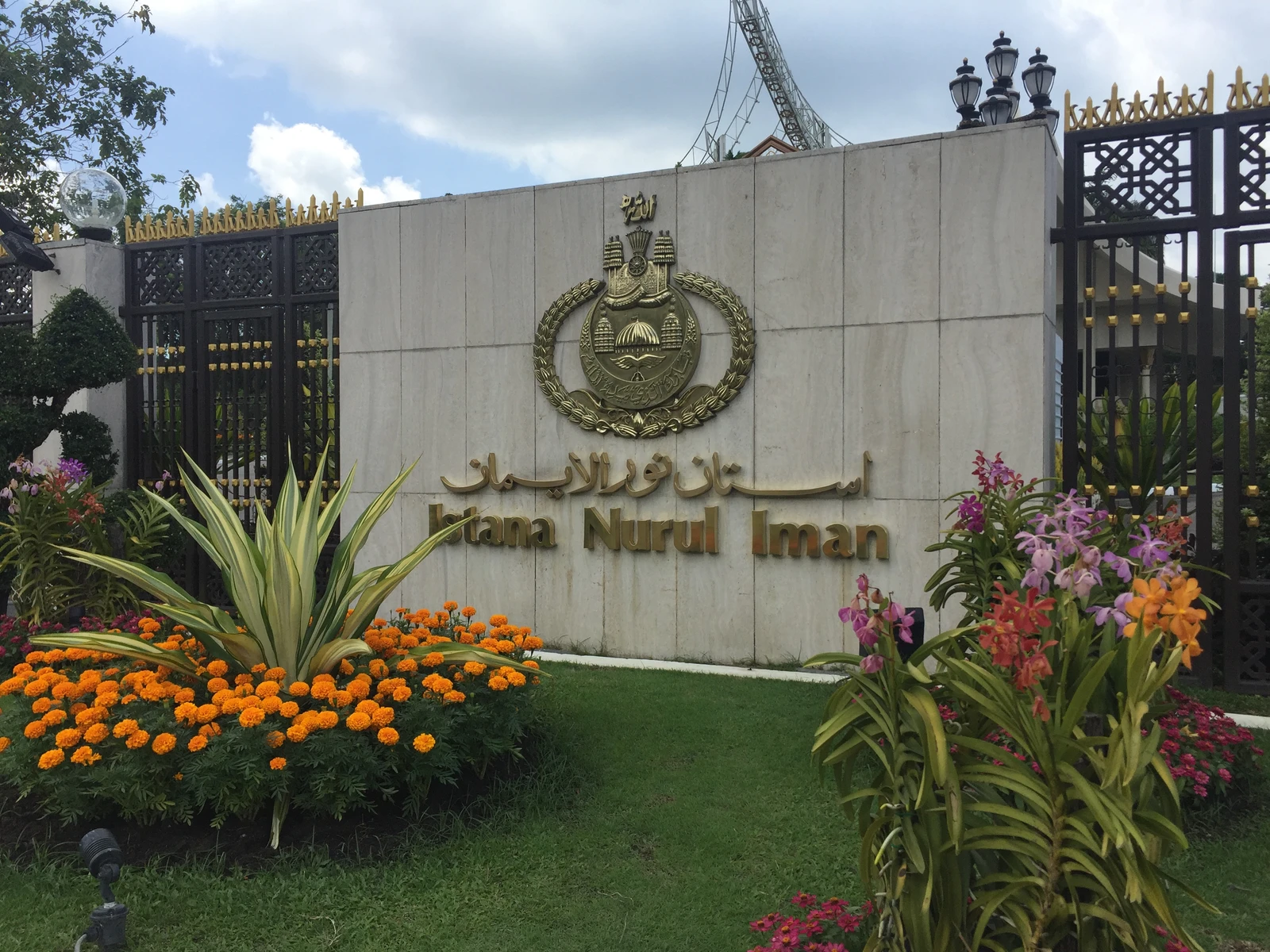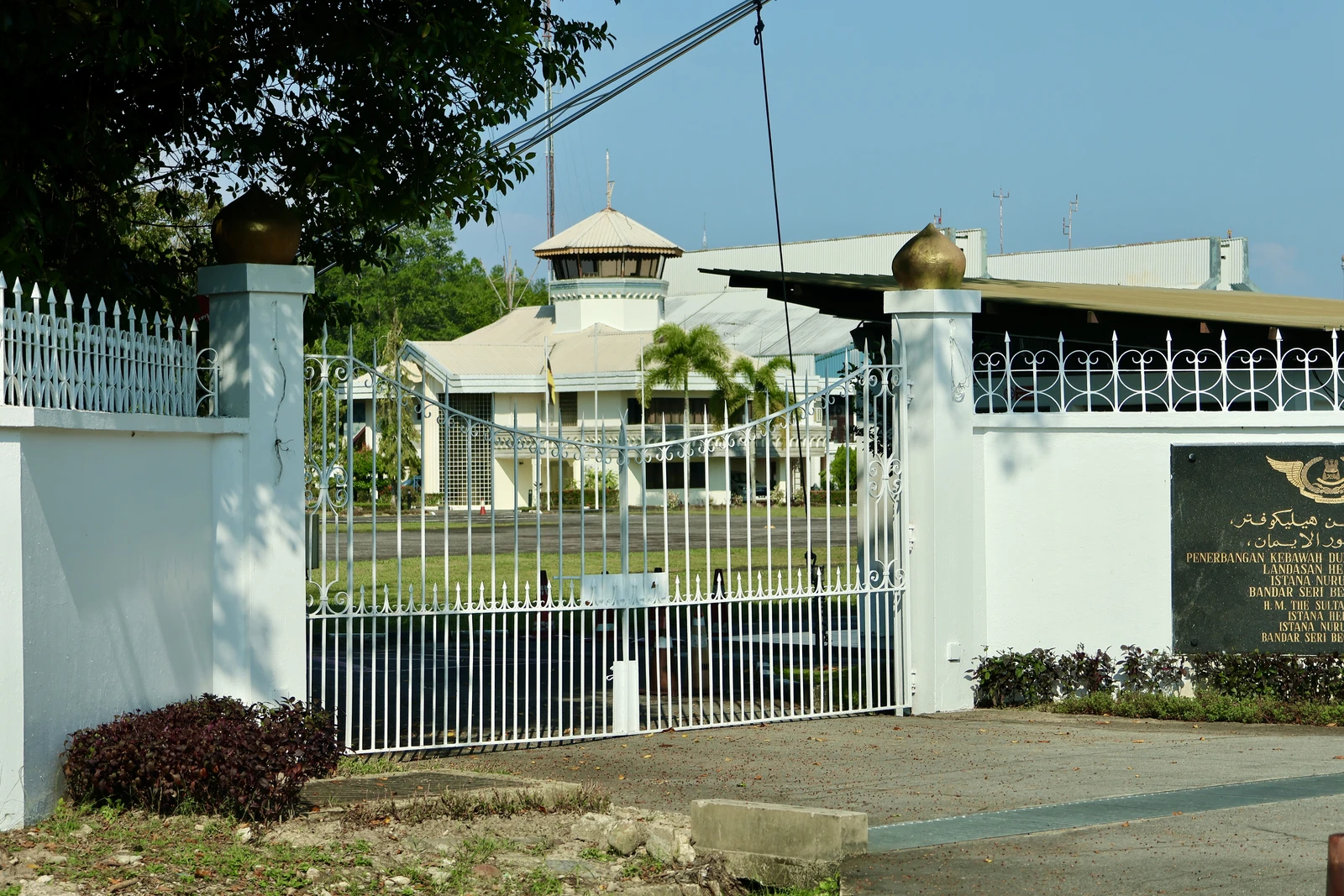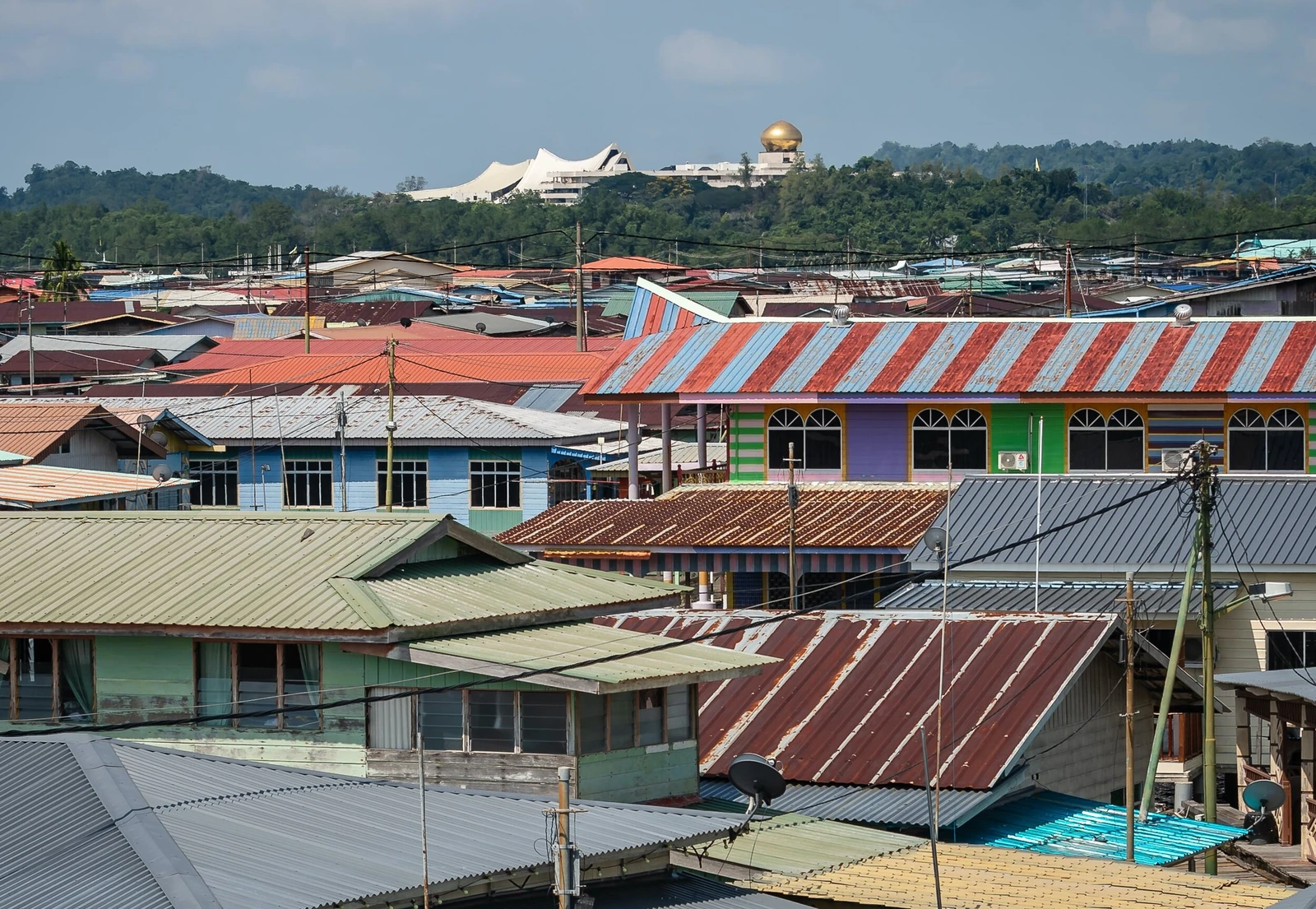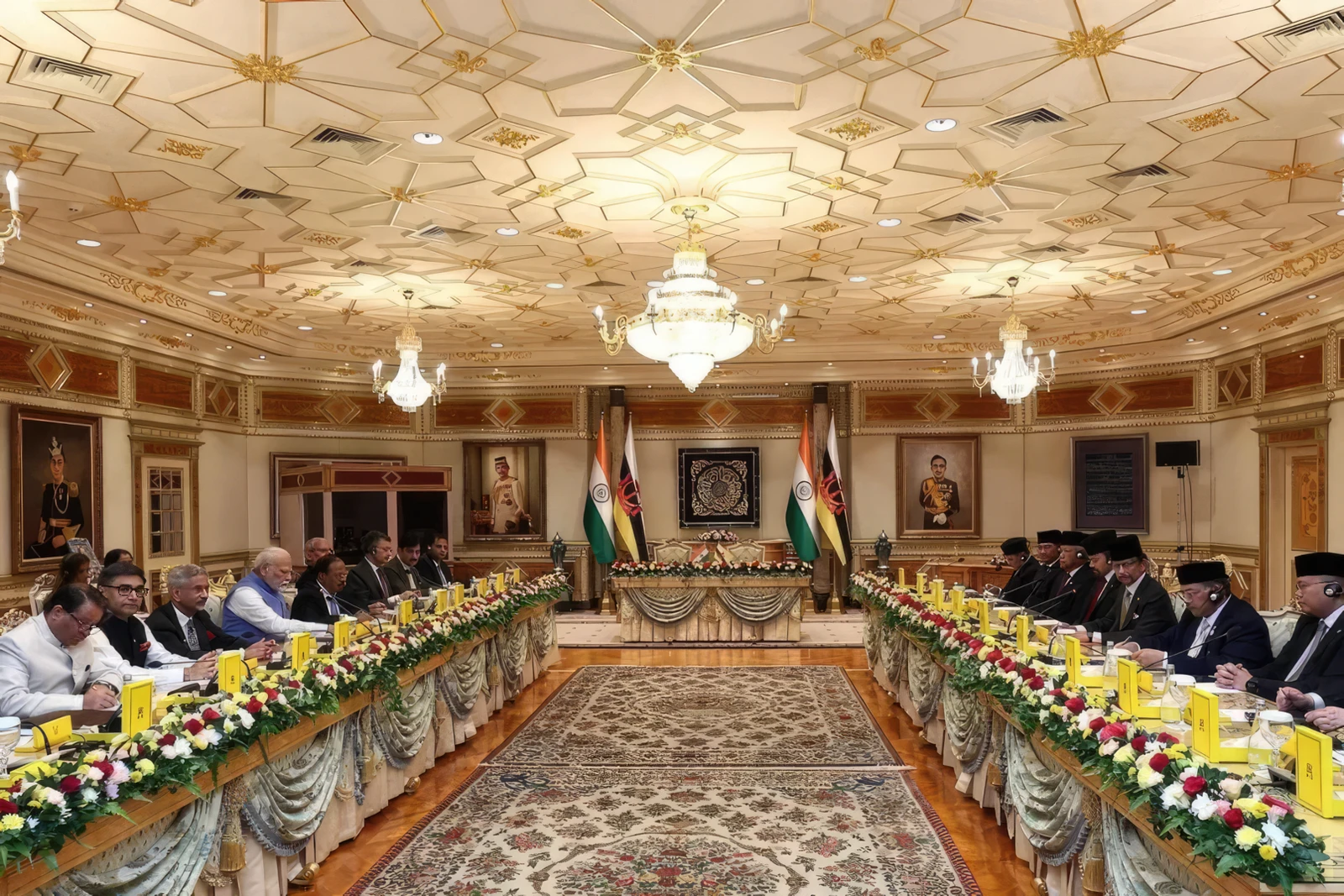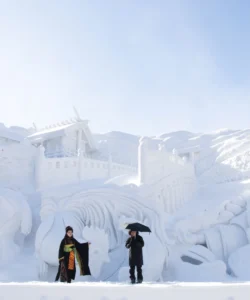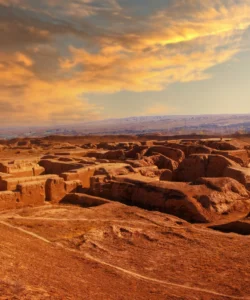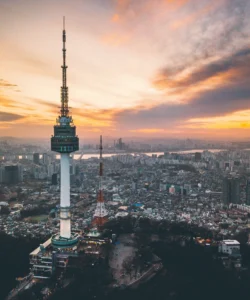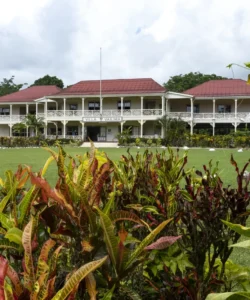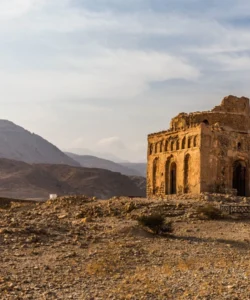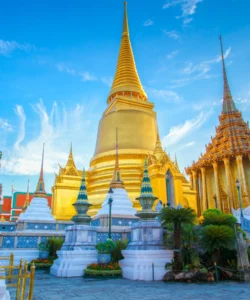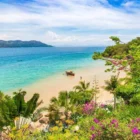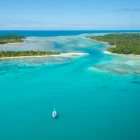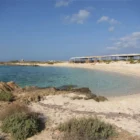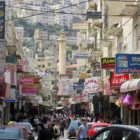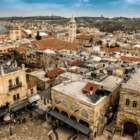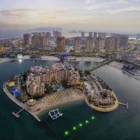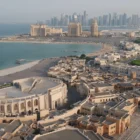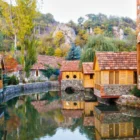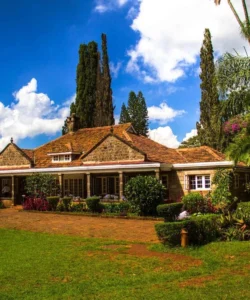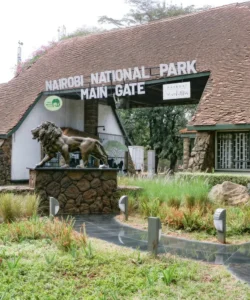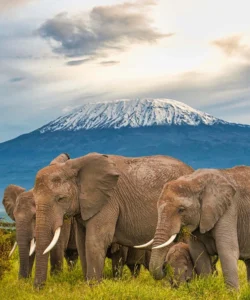Istana Nurul Iman, meaning “Palace of the Light of Faith,” is the official residence of the Sultan of Brunei, Hassanal Bolkiah, and the seat of the Brunei government. Completed in 1984, it holds the Guinness World Record as the world’s largest residential palace and is a stunning symbol of Brunei’s sovereignty, wealth, and deep Islamic faith.

Name: Istana Nurul Iman (Malay: Istana Nurul Iman; Jawi: ايستان نور الإيمان)
Address: Jalan Raja Isteri Pengiran Anak Saleha, Bandar Seri Begawan, Brunei Darussalam. It is located on a leafy, riverside sprawl of hills on the banks of the Brunei River, a few kilometers southwest of Bandar Seri Begawan, Brunei’s capital city.
How to Get There:
Due to its status as an active royal residence and seat of government, public access to Istana Nurul Iman is extremely limited. However, it is easily accessible for viewing from certain vantage points.
- By Air: The closest airport is Brunei International Airport (BWN). From the airport, it’s a short 10-15 minute taxi or ride-sharing (Dart) trip to the city center and areas where the palace can be seen from afar.
- By Taxi/Ride-Sharing (Dart): Taxis and Brunei’s local ride-sharing service, “Dart,” are readily available throughout Bandar Seri Begawan for direct transfers to viewpoints.
- By Water Taxi (Perahu Tambang): This is the best way to get a panoramic view of the palace. You can hire a water taxi from various jetties along the Bandar Seri Begawan riverfront (especially in front of the Yayasan Sultan Haji Hassanal Bolkiah Complex). The water taxi will take you past the palace on the Brunei River, offering excellent photo opportunities.
- By Road to Viewpoints: While you cannot drive directly into the palace grounds, you can drive to nearby public parks or areas that offer views of the palace from a distance, such as Persiaran Damuan Park.
- Organized Tours: Many city tours in Brunei include a river cruise that passes by Istana Nurul Iman for exterior viewing.
Landscape and Architecture:
Istana Nurul Iman is a colossal architectural marvel, designed to impress with its sheer scale and blend of traditional and modern elements.
- World’s Largest Residential Palace: This is its most astonishing feature. With over 1,788 rooms (some sources say 1,800), 257 bathrooms, a banquet hall for 5,000 guests, a mosque for 1,500 people, 5 swimming pools, a helipad, and air-conditioned stables for 200 polo horses, it covers an astounding 200,000 square meters (over 2 million square feet) of floor space. It is several times larger than the Palace of Versailles or Buckingham Palace.
- Riverside Setting: The palace is strategically located on a sprawling, leafy hillside along the banks of the Brunei River, offering beautiful views from the water.
- Malay and Islamic Architectural Fusion: Designed by Filipino architect Leandro V. Locsin, the palace’s exterior beautifully unifies Brunei’s Islamic and Malay architectural traditions. This is evident in its prominent golden domes, towering minarets (visible from the river), grand arches, and distinctive Malay-style vaulted roofs.
- Modern Opulence and Imported Materials: The interior, designed by Khuan Chew (who also worked on Dubai’s Burj Al Arab), showcases ultra-modern luxury. It features:
- Extensive Use of Marble and Gold: Over 38 different kinds of marble, including Italian marble, are used for floors, walls, and 44 staircases. Gold is extensively used for accents, rails, and door handles.
- Imported Fixtures: Crystal chandeliers from England, granite from Shanghai, and fine Chinese silk contribute to the lavish decor.
- Integrated Amenities: The palace is a self-contained city, featuring numerous governmental offices (including the Prime Minister’s Office), banquet halls, and recreational facilities.
- White and Gold Facade: The exterior is predominantly white, accented with gleaming gold domes and details, creating an elegant and solemn, yet luxurious, appearance.
What Makes It Famous:
- World’s Largest Residential Palace: Its sheer size, confirmed by the Guinness World Records, is its primary claim to fame. This makes it an architectural marvel and a symbol of ultimate royal grandeur.
- Official Residence and Seat of Government: It serves as both the Sultan’s private residence and the operational headquarters of the Brunei government, making it a living center of power and governance.
- Symbol of Brunei’s Wealth and Sovereignty: The palace’s immense scale and opulent construction, completed just as Brunei gained full independence in 1984, powerfully symbolize the nation’s immense oil wealth and its cherished sovereignty.
- Exclusive Public Access (Hari Raya Aidilfitri): While generally closed to the public, the palace famously opens its doors for three days annually during the Hari Raya Aidilfitri (Eid al-Fitr) celebrations at the end of Ramadan. During this “open house” event, thousands of visitors (both locals and tourists) are welcomed to personally greet the Sultan and royal family and enjoy a lavish meal. This unique tradition allows a rare glimpse into the palace’s interiors and royal hospitality.
- Architectural Fusion and Masterpiece: It is considered a masterpiece of modern Islamic and Malay architecture, blending traditional elements with contemporary design on an unprecedented scale.
- Prominent Landmark: Its golden domes and expansive structure dominate the skyline from the Brunei River, making it an instantly recognizable symbol of Bandar Seri Begawan.
Differences from Some Other Wonders:
- Active Royal Residence and Government Seat: Unlike ancient ruins (Angkor Wat, Borobudur) or public museums (Royal Regalia Museum), Istana Nurul Iman is a living, active royal residence and the full seat of government. This dual function and continuous occupancy make it fundamentally different from historical palaces that are now museums or public attractions.
- Scale as a “Home”: While other palaces like Mysuru Palace or the Red Fort are grand, Istana Nurul Iman’s distinction as the “world’s largest residential palace” (meaning, essentially, the largest home) highlights its unparalleled private and functional scale, combined with its governmental role.
- Extremely Limited Public Access: Its stringent visitor restrictions (only open for three days a year) contrast sharply with most other wonders that have regular public operating hours. This rarity makes the brief “open house” periods highly sought after.
- Modern Construction with Traditional Elements: Completed in 1984, it is a relatively modern construction, unlike ancient palaces or historical sites. Its “wonder” comes from achieving such grand scale and luxury in a contemporary context while adhering to traditional design principles, a different kind of architectural feat than historical preservation.
- Symbol of Current Monarchy’s Power: While the Royal Regalia Museum showcases the history of the monarchy, Istana Nurul Iman is a direct, visible, and functioning symbol of the current Sultan’s power, wealth, and the nation’s sovereignty in the modern era.
- No Photography Inside (during open house): While you might glimpse the interiors during Hari Raya, photography inside is typically not allowed, emphasizing the experience over capturing images, a contrast to many publicly accessible monuments.
